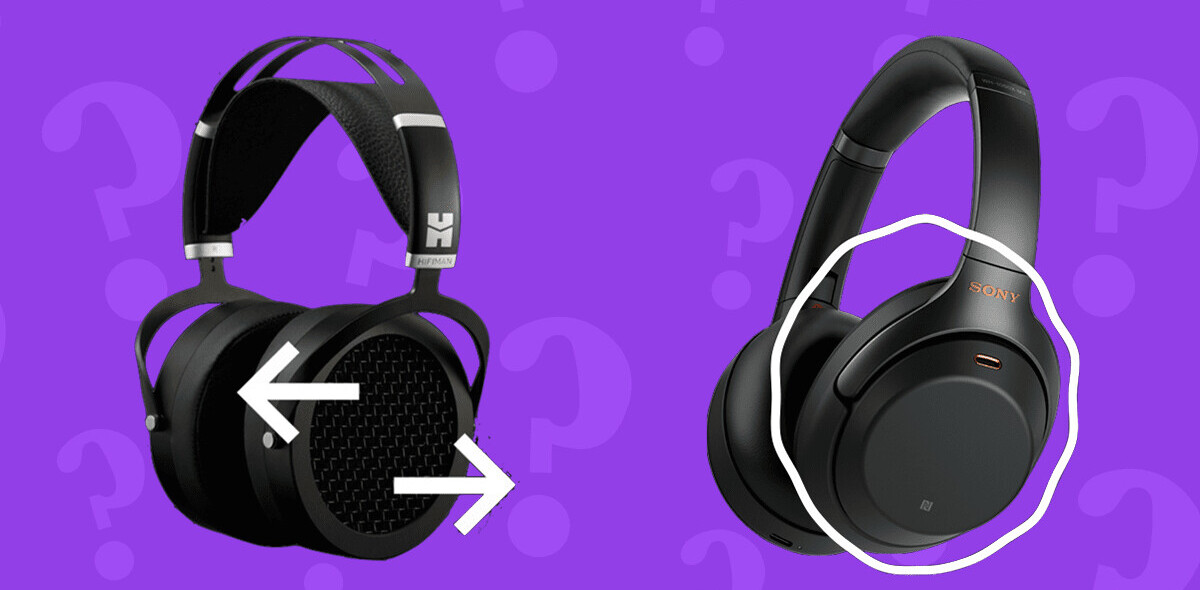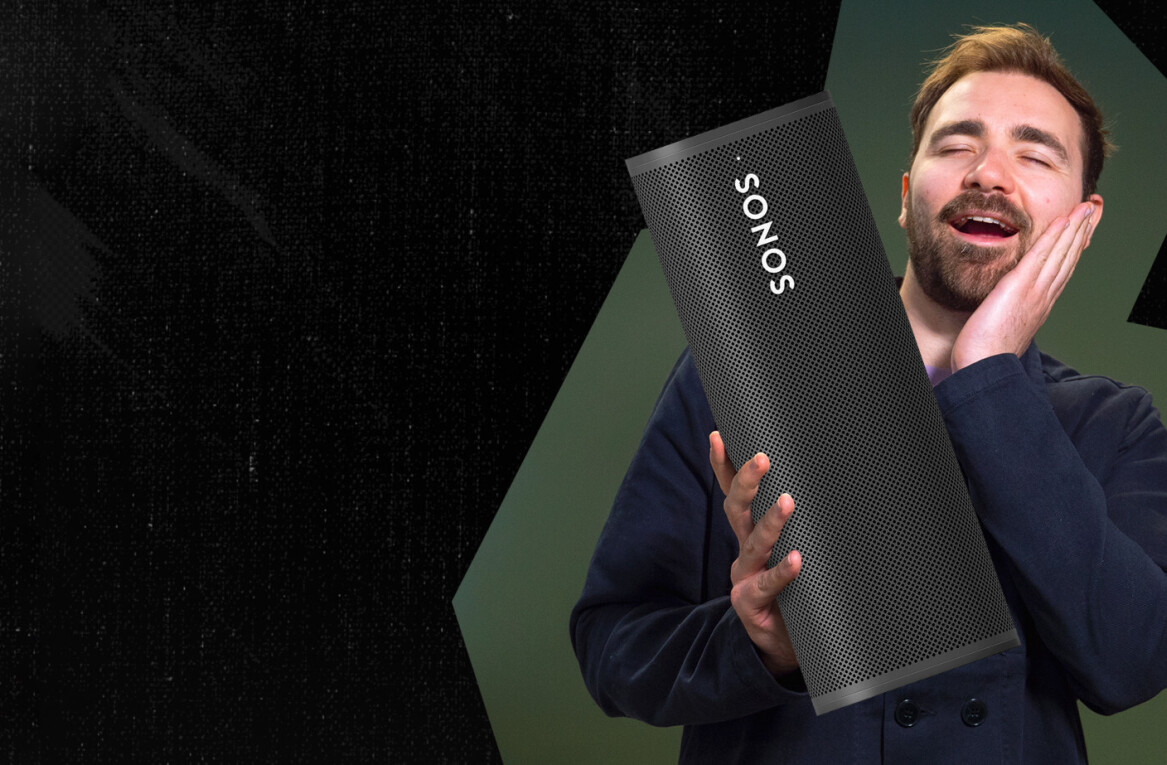Unsurprisingly, I’ve been spending a lot of time inside recently. This isn’t all bad, because it’s not only given me more time with my audio equipment, but it’s also allowed me to explore new musical avenues.
And these extra hours have taken me to a simple conclusion: you need a pair of open-back, planar magnetic headphones in you life.
I believe in this so damn much that I managed to force the TNW team to let me make a video about it. And you can watch above. Right now. You can watch it, right now.
But I also know that many of you lovely lot don’t dig watching moving pictures (SHAME ON YOU), so I’ve also written a full article about why your life is currently missing a pair of open-back, planar magnetic headphones. You are so welcome.
A quick disclaimer
Before we bite into this content meat together, I need to get a few points out of the way. Basically, for the statement about open-back, planar magnetic headphones to be true, you already need to have a good audio setup.
This means you already have a dedicated hi-fi system, or potentially a DAC for your computer. Definitely a solid pair of workhorse headphones (more on that at the end), and, hopefully, some sweet speakers. Nothing too crazy, just your standard audio nerd shit.
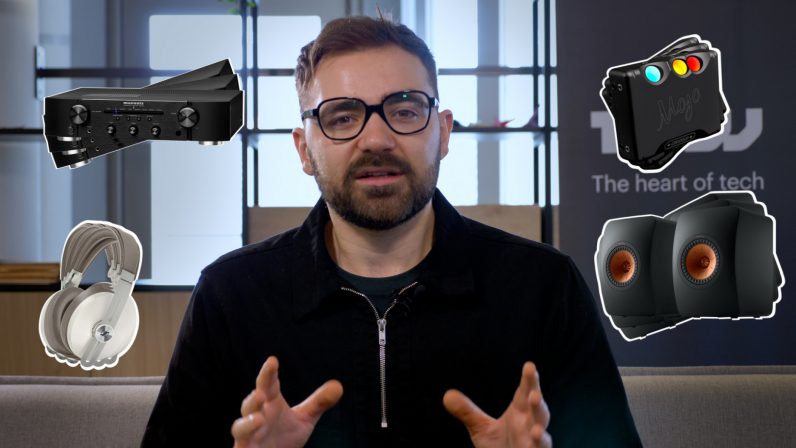
If you have a smattering of the above already? Fantastic. Then we’re ready to unhinge our jaws and swallow some words on open-back, planar magnetic headphones.
Defining the terms
To begin, I think we need to actually understand what all these headphone terms like “open-back” and “planar magnetic” actually mean. This means we’re going to cover four main things:
- What are closed-back headphones?
- What are open-back headphones?
- What are dynamic driver headphones?
- What are planar magnetic headphones?
So let’s do it!
What are closed-back headphones?
If you already have a pair of over-ear headphones, they’re most likely closed-back. Now, what that phrase refers to specifically is the enclosure.
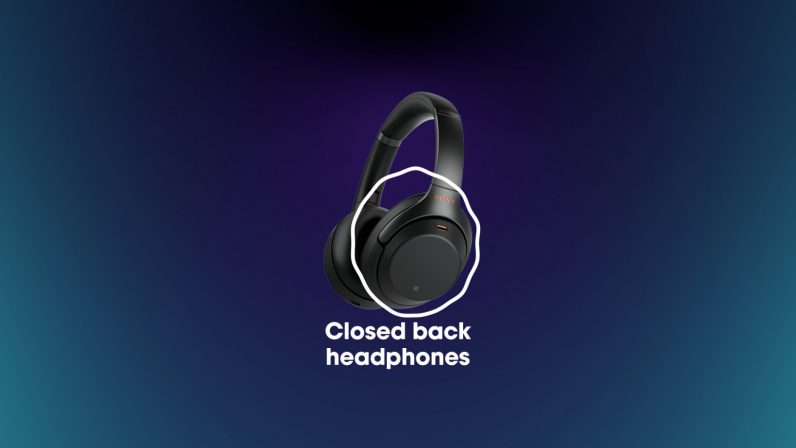
As the name suggests, closed-back means the earcups (AKA the bits of the headphone you put over your ears) are completely sealed. The idea here is isolation. It’s to stop as much noise as possible from either escaping or entering the headphone.
Closed-back cans are perfect for listening to music while on the move, or out in public, as they’re designed to stop sound leakage. Here’s a nice image summing everything I’ve said up:
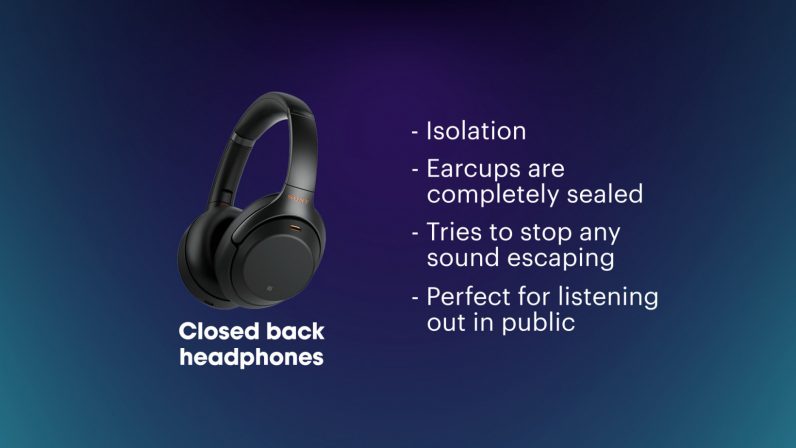
What are open-back headphones?
By now I’d guess you’ve probably got a pretty good idea of what open-back headphones are: the opposite of closed-back. In other words, cans where noise is able to travel more freely in and out of the enclosure.
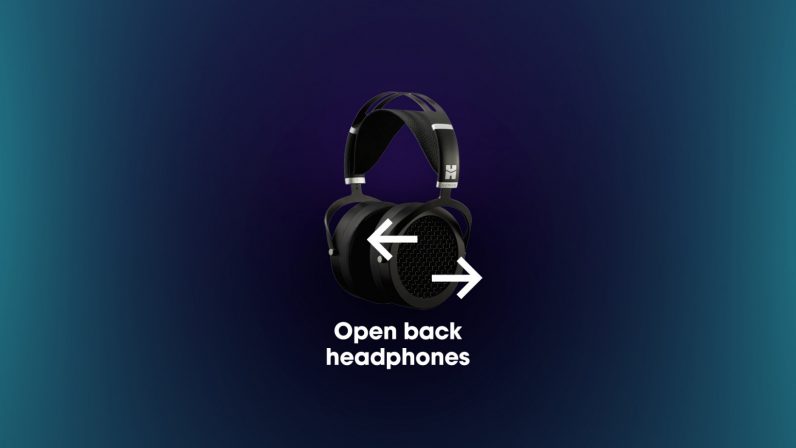
This design allows sound to glide through the headphones and this delivers a sense of spaciousness. On top of that, I also find they’re more comfortable than their closed-back peers when it comes to long listening sessions.
It’s not all roses and gravy though. Because they let sound in and out, open-back headphones are not ideal for listening to music while you’re out in the world. Again, because we love you, here’s a diagram summing a lot of this up:
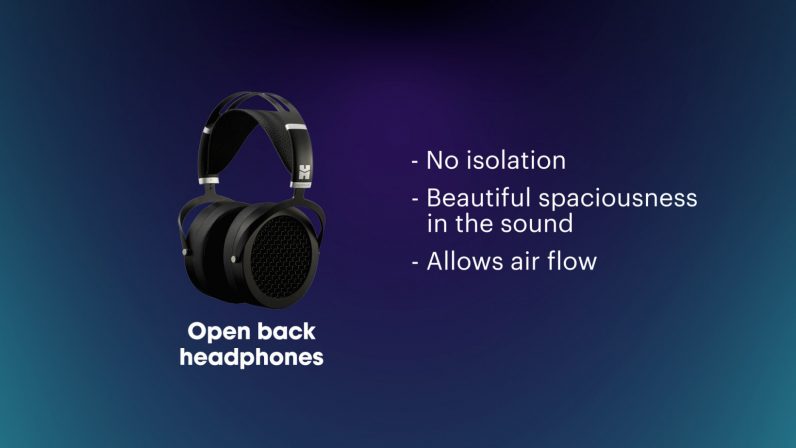
So what’s the difference between open-back and closed-back headphones?
We love a good summary at TNW, so here it is: open-back headphones allow sound to travel in and out of the earcups, closed-back headphones try and stop this.
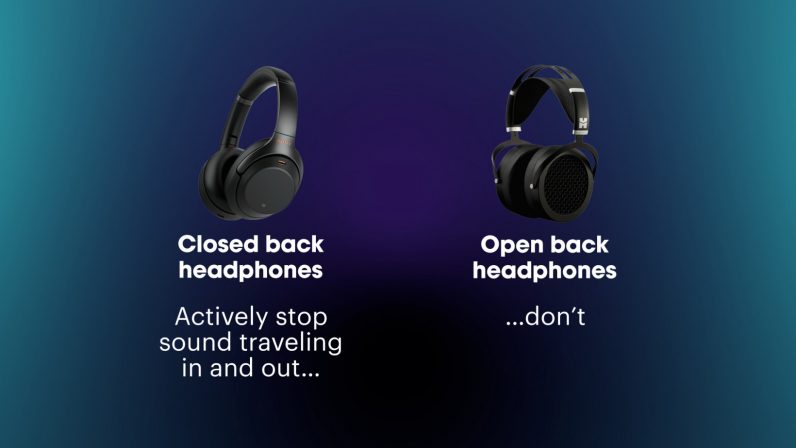
Next, let’s look at the difference between dynamic driver and planar magnetic headphones.
This below section was put together by my colleague, the wonderful Napier Lopez. You can hear him talk about it in the video version of this piece — which I suggest you watch.
What’s the difference between planar magnetic and dynamic driver headphones?
Technically, planar magnetics are a subset of dynamic drivers, but the most obvious difference is in their shape.
Dynamic driver headphones typically use conical diaphragms with a voice coil on the rear. Magnets are then used in conjunction with an electrical signal to create sound waves.
The problem is the voice coil is usually attached to a small central portion of the diaphragm, meaning the entire surface doesn’t move completely in unison. Often, the center moves more than the edges.
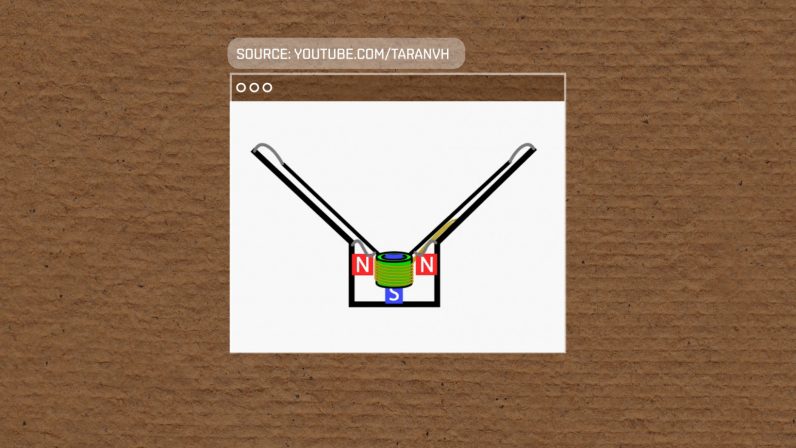
Planar magnetic drivers also use magnetic fields, but the diaphragm is, well, planar. In other words, flat.
It has thin wires across its whole surface and, usually, magnets either side covering its entirety. This means the full diaphragm moves in unison. You can see it in motion here:
On top of this, planar magnetic diaphragms are typically larger than their dynamic counterparts, which can lead to deeper bass in open-back designs. They create a flat soundwave that arguably leads to a more expansive soundstage. The even movement also helps them play louder without audibly distorting.
On the other hand, dynamic drivers are often ‘punchier’ than planar magnetic ones. They also tend to be lighter as they don’t require the beefy magnets that appear in planar magnetic cans.
Ultimately, keep in mind these are just generalizations, and the implementation matters much more than the specific technology.
Why are we recommending getting a pair of open-back, planar magnetic headphones?
The question here is why have I combined the two? Why not recommend getting one pair of open-back headphones? Or a pair of planar magnetic?
The main reason is simple: if this is your first time exploring this part of the headphone world, it feels revolutionary to listen to a pair that sounds so different from what you’re used to.
And yeah, I could’ve totally said you should get a pair open-back headphones with a dynamic driver, and then two planar magnetic pairs with differing enclosures — but we’re not made of money, are we?
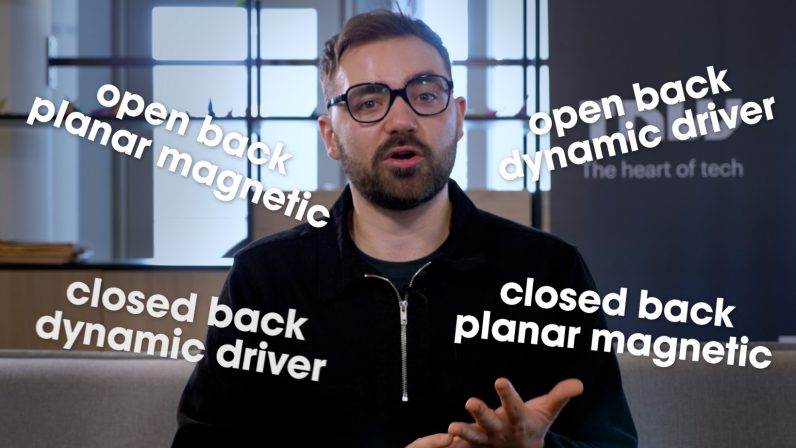
What audio experience do you get with a pair of open-back, planar magnetic headphones?
We’ve talked about this a bit above, but it’s good to have it all down in one place.
In my experience — and remember, this is a generalization — the open-back nature of the headphones lends your music a real sense of spaciousness. The open-back enclosure gives the sensation that sound is flowing in and around you, as though you’re in the room with the musicians, as opposed to listening through a speaker.
What the planar magnetic driver adds to this medley is a more neutral sound, one that has a less of a punchy, booming bass. Instead, you get a low response that’s far more rounded and natural.
The biggest difference the driver delivers for me though is the presentation. There’s a real sense of cleanliness to the sound, and the instrument separation is delicious.
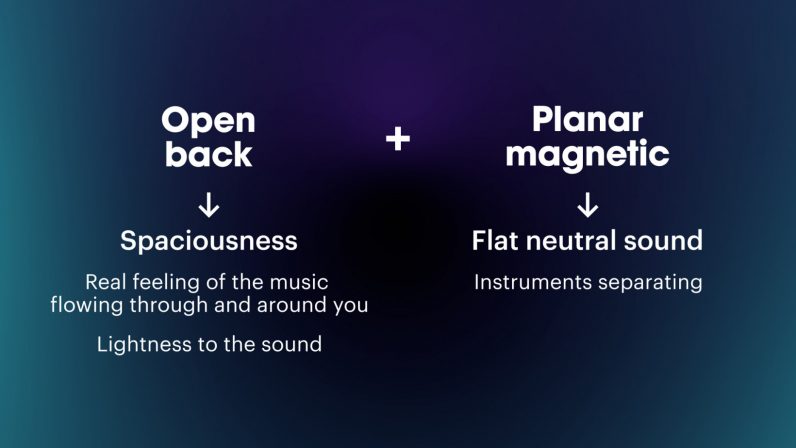
It’s important to make a point here though: open-back, planar magnetic headphones aren’t better than their closed-back, dynamic driver headphones, they’re just different. They put another spin on music and that’s refreshing.
Anyway, now’s the time to talk about specifics. There are two pairs of headphones I wanted to mention briefly, the Hifiman HE-400i (2020) and the Monoprice Monolith M1070.
Basically, these are two wallet-friendly sets of open-back, planar magnetic headphones, from the budget Hifiman HE-400i to the slightly more premium Monoprice Monolith M1070.
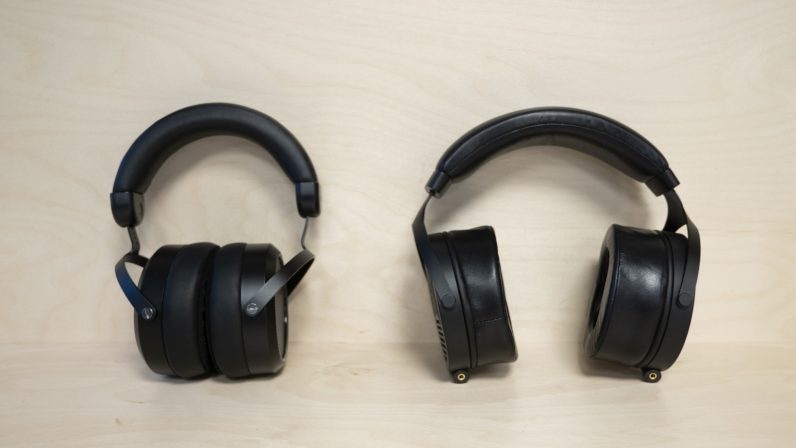
Another quick note: this isn’t meant to be a direct comparison. Each set of headphones do different things at different prices.
Mini-review: the Hifiman HE-400i open-back, planar magnetic headphones
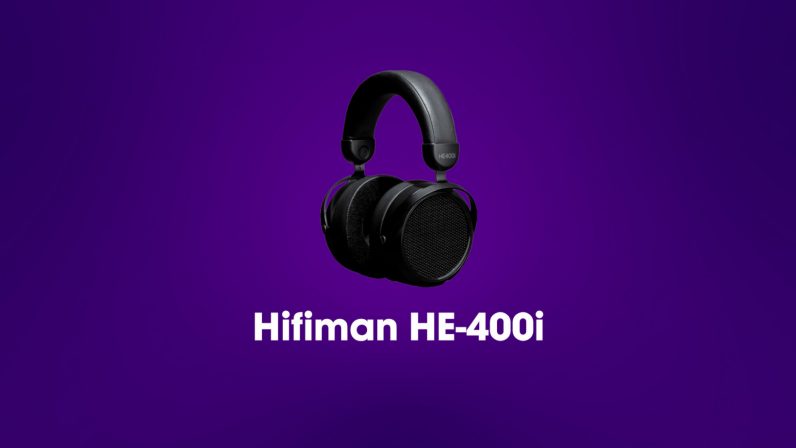
I’m a big fan of the Hifiman HE-400i 2020 model — and at $200 they might be up there with some of the best price-to-sound ratio headphones I’ve ever used.
The first thing you notice when picking them up is how light they are. The HE-400i clock in at 370g, which is supremely floaty for the normally naturally bulky planar magnetic models. This, combined with the comfortable fit, makes wearing them for a few hours feel like nothing.
I would point out there’s a slight cheapness to the build — the HE-400i don’t feel overly sturdy — but as long as you’re using them mainly around your house, that shouldn’t be much of an issue.
Anyway, here’s another diagram for your eyes:
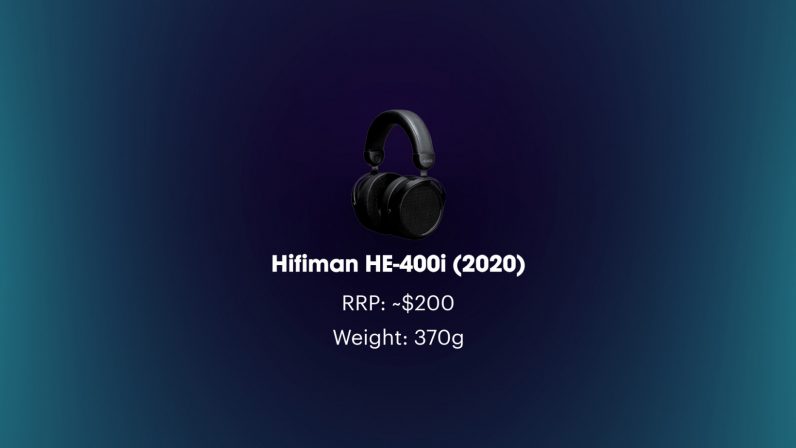
Now, let’s talk about the sound a bit. Overall, these are a very entertaining pair of headphones. The trebles sparkle and the mids are full bodied. Everything I listened to had fantastic clarity, and I found the HE-400i’s speed response strong and sharp.
Overall, the bass was balanced, but not quite powerful or punchy enough. This did change a bit depending on the equipment I used, but the criticism still remains.

Really though, the HE-400i are all about the mids. To my ears, they push that range forward, which makes sense, because the end result is an excited, balanced listen that’s tailor made for vocal-focused movement.
Yes, I’d love to hear more detail, especially at the upper and lower registers, but for the price? It’s tricky to beat the HE-400i.
In my opinion, you can’t get a much more financially friendly way to explore the world of open-back, planar magnetic headphones.
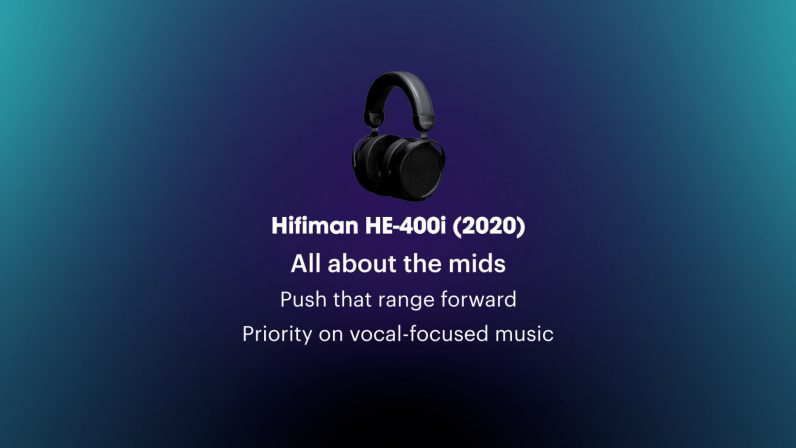
Next up…
Mini-review: the Monolith by Monoprice M1070 open-back, planar magnetic headphones
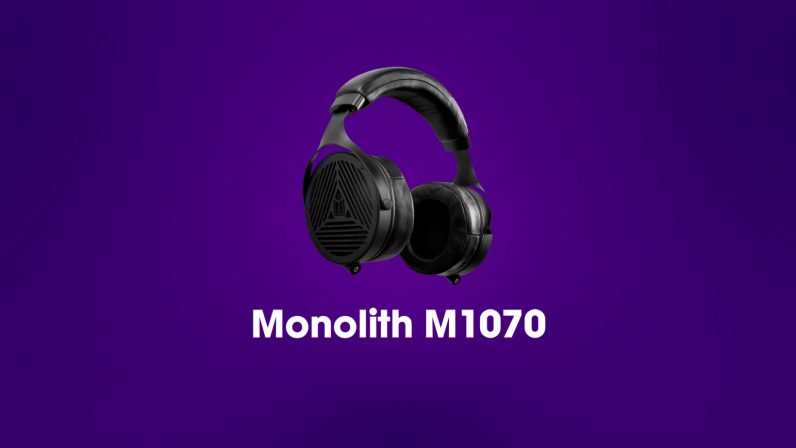
So, the Monolith by Monoprice M1070 clock in at around $400, so effectively double that of the Hifiman HE-400i. They’re a bit heavier, clocking in at 580g, but are still quite comfortable to wear — although the HE-400i have them beat in this department.
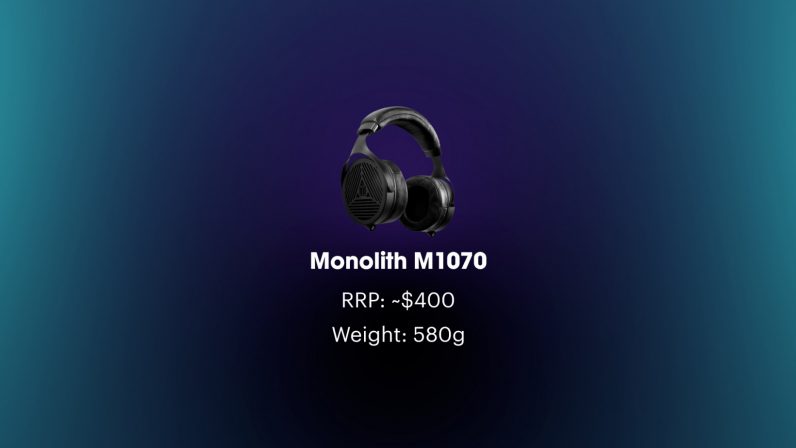
Another note before we get to the sound, if you’ve never used open-back planar magnetic headphones before, you’ll be tickled by the sheer size of these things:
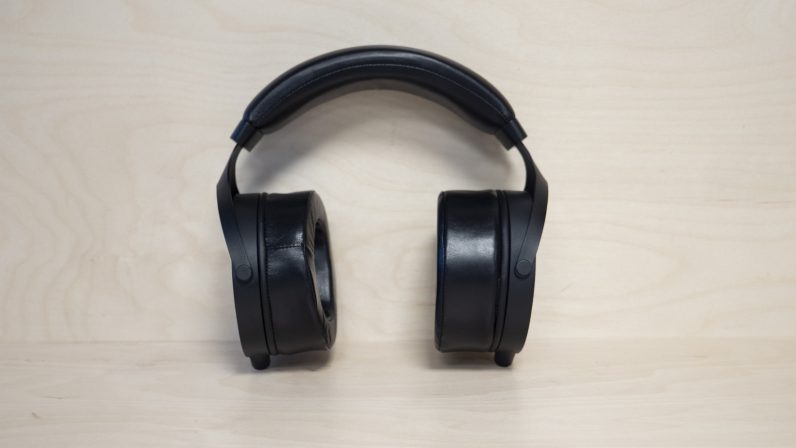
Enough of that, let’s chat about sound. First things first, the Monolith M1070 really are something.
The output is lush, with strong mids and a beautiful, detailed rounded bass. The lower end has some serious punch, but it’s balanced, and never overbearing. I’m also a huge fan of the texture of the sound — it’s simply scrumptious — and the instruments separate clearly.
There are a few downsides. The soundstage of the M1070 is enjoyable and generally spacious, but can feel a little cramped on occasion. And while the highs are clear and sparkling at most points, a bit more detail would be grand. Also, I found some of the crispness in the upper register was lost in particularly bass-y tracks..
Overall though… damn.
The M1070 are a really phenomenal sounding pair of cans. They don’t really have any glaring weaknesses, and a whole lot of strengths. I’m literally using them as I write this and, let me tell you, I’m having a great time.
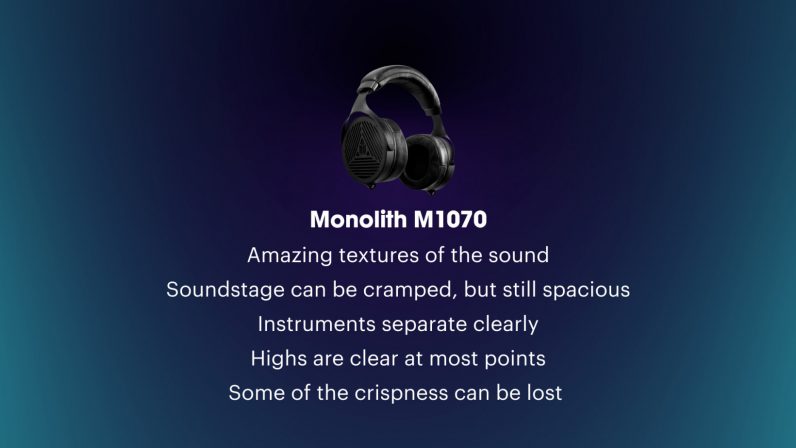
Honestly? You can’t go wrong with either set of open-back, planar magnetic headphones I spoke out. Obviously the more expensive Monolith M1070 had some clear sound benefits over the HE-400i, but you wouldn’t expect anything with the price difference.
What I want you to remember is this: however much your budget is, you’re gonna be thrilled.
Remember!
While I got a bit granular there, the most important thing is that using a pair of open-back, planar magnetic headphones is engaging, joyous, and — importantly — fun as a motherfucker.
As I’ve said before, this type of headphone isn’t any better than a pair of closed-back, dynamic drivers — they’re just a refreshing change.
Also, I’d like you to remember that the above is just tracking my experience with the cans. Not only is listening subjective, we all have different hearing profiles, tastes, and musical preferences. There is no right or wrong.
Instead, view this as a starting point for your own research. There’s a huge world of headphones out there just waiting for you to explore. But! Because we love you, here’s a little list of other good open-back, planar magnetic headphones that may help you out on your journey:

The conclusion
I’m sure if you’ve got this far into the article you’ll already know what I’m going to say, but it’s worth repeating all the same.
If you’re looking for your first set of headphones, don’t go for an open-back planar magnetic pair. Really, something like this should be your second or third purchase.
So, what if you’re beginning your audio journey? Then go for something with a closed-back, a dynamic driver, noise-canceling, and wireless, but with a wired option. You can find some good examples of those here (and I’m partial to the Sennheiser Momentum 3).
These type of headphones are the most useful for day-to-day life and, honestly, they’re the cans I use most of the time. They still sound great and are just so adaptable.
But. BUT! If you already have a solid audio set-up, then you owe it to yourself to explore the world of open-back, planar magnetic headphones. We’ve even distilled this knowledge into a final diagram for you:
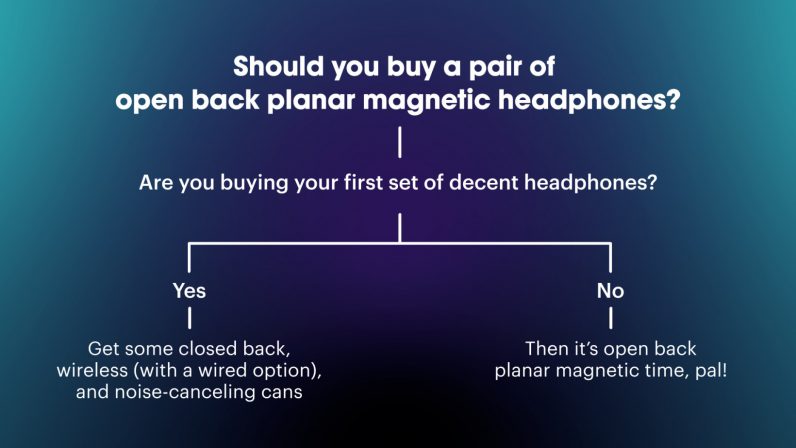
As I’ve said before, open-back, planar magnetic headphones aren’t better than other types. What they do is offer you a new or fresh way of listening to music.
Genuinely, I can’t tell you how much I’ve enjoyed this journey, how much fun I’ve had along the way, and the sheer joy I’ve reaped from hearing my music collection in another light. And you know what? I get this level of happiness from them every day.
You know what I’m saying by now: the next brick in your ever-growing audio collection should be a pair of open-back planar, magnetic headphones. You won’t regret it.
Get the TNW newsletter
Get the most important tech news in your inbox each week.

